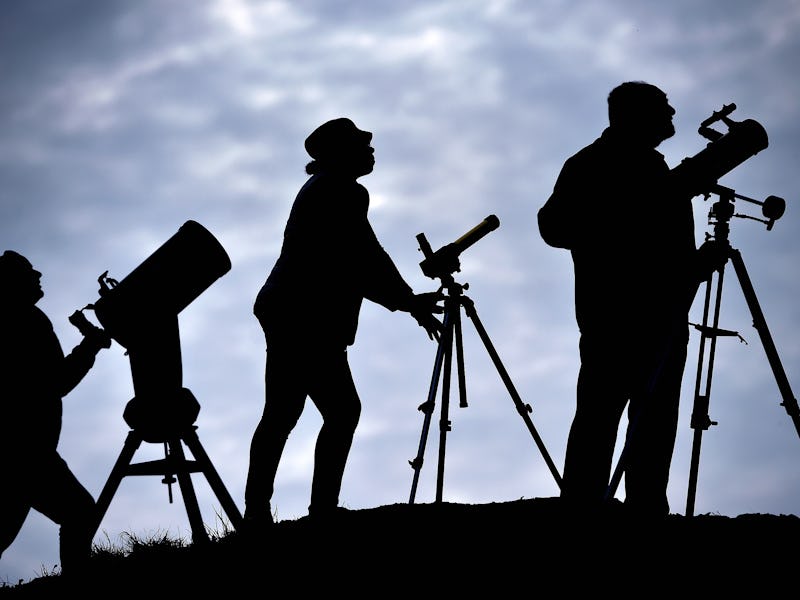2017 Will Be the Year of the Great American Eclipse
Mark your calendars for August 21, 2017.

There’s a piece of paranormal folklore in the city of Hopkinsville, Kentucky, known as the “Kelly-Hopkinsville encounter”. On August 21, 1955, Billy Ray Taylor allegedly encountered “little green men” in the backyard of the Sutton family farm. The incident is one of the most frequently cited cases by ufologists — and weirdly prescient, in a way. This sleepy town will be the center of the astronomical world on August 21, 2017 when the continental United States see its first total solar eclipse in almost 40 years.
Hopkinsville is the town closest to the projected path of the eclipse, both at its greatest duration and at its “greatest eclipse” — the point where the moon’s shadow cone passes closest to the Earth’s center. A viable alternative to the best viewing locale is in Giant City State, Park in southern Illinois — which is directly under where the eclipse should be at its longest point of visibility, about 2 minutes and 40.2 seconds.
But if you’re not keen on that part of the country don’t fret — states throughout the continental United States will see the eclipse reach complete totality, while all of the country can experience partial totality, at the very least. The path of the eclipse will start in the Pacific Ocean for about 28 minutes, sweep into Oregon at about 10 a.m. PST, and make its way into the Atlantic from South Carolina around 3 p.m. EST. Its width will be an average of 67 miles for most of the journey — except for above Hopkinsville, where the shadow size will increase to a maximum of 71 miles.
In the NASA-provided map below, the path of the eclipse is within the boundaries of two blue lines — you have to be between these blue lines if you want to see the total eclipse. It’s even better if you are somewhere along the red line, while the yellow lines indicate where the “maximum eclipse” will be every 10 minutes.
GE stands for "greatest eclipse" and GD for "greatest duration."
While a 1979 total solar eclipse was visible in parts of Washington, Oregon, Idaho, and Montana, this will be the first time in almost 100 years that a total solar eclipse will passed through the entirety of the continental United States — hence its nickname, “The Great American Eclipse.” People along the eclipse path should appreciate their moment — astronomers predict it takes 375 years for an exact spot that bore witness to a total solar eclipse to experience another. Astronomers are already getting stoked and figuring out how to elevate the experience to promote “meaningful citizen-science efforts” and “promote eye safety without scaring people.”
When the event happens, the day sky will darken — confusing the crap out of birds, animals, and insects. But for the rest of us, it’s going to be dope — and if for some reason you sleep through it, you’ll have to wait until 2024 when the United States experiences a total solar eclipse again.